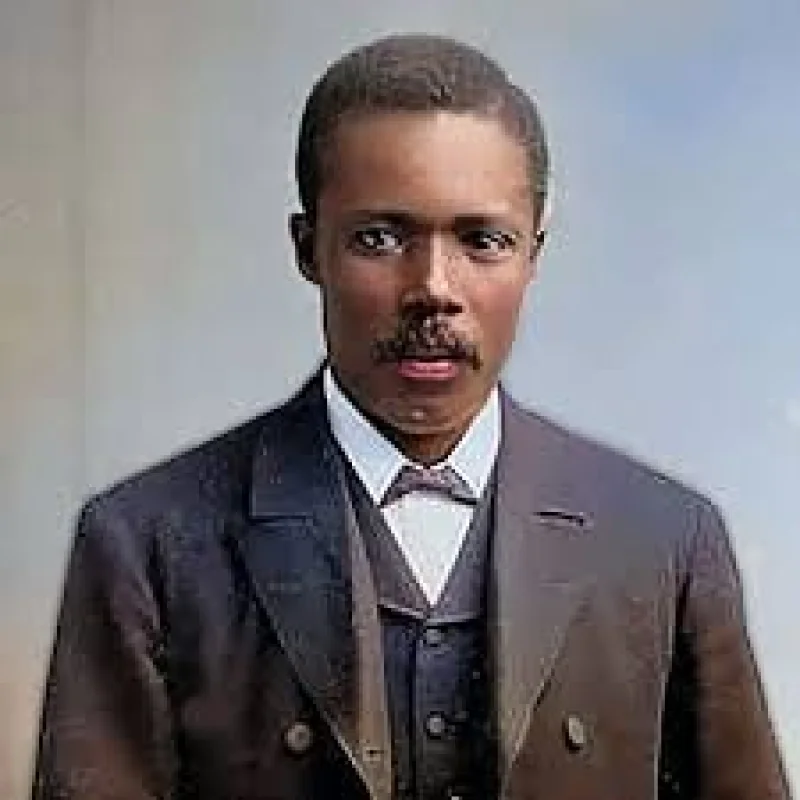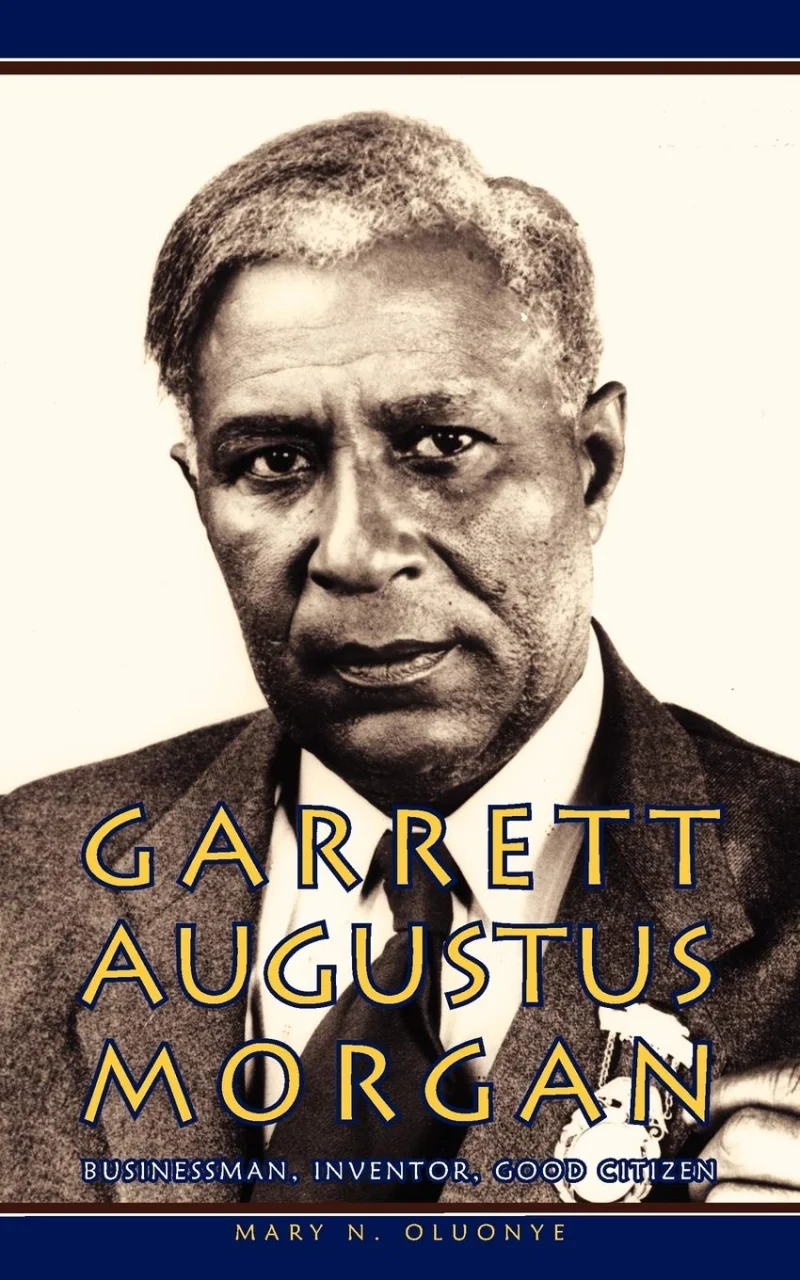Short Summary
Sophie Germain was a pioneering French mathematician, physicist, and philosopher known for her work in number theory and elasticity. She is most famous for her contributions to Fermat's Last Theorem and for being one of the first women to make significant advances in mathematics, despite facing societal barriers. Her perseverance in the face of adversity has made her a symbol of determination and intellect in the history of science.
Early Life & Education
Born on April 1, 1776, in Paris, France, Sophie Germain grew up during a tumultuous period marked by the French Revolution. Her father was a wealthy silk merchant, which allowed her access to education, albeit limited for women at the time. Driven by curiosity, she educated herself by reading books in her father's library, including works by Isaac Newton and Leonhard Euler. Although she encountered societal resistance, Germain's interest in mathematics flourished, leading her to correspond with prominent mathematicians under a male pseudonym to gain recognition.
Career Highlights
Despite not having formal education, Germain made significant strides in mathematics. She corresponded with Carl Friedrich Gauss and later submitted work to the French Academy of Sciences under her own name, earning her recognition in the field of elasticity. Her research on vibrating surfaces won her the grand prize from the Academy. Germain's contributions to Fermat's Last Theorem and her work on prime numbers placed her among the leading mathematicians of her time, although she often remained in the shadows due to gender biases.
Major Achievements
- Contributed to Fermat's Last Theorem by providing insights into special cases, particularly for odd prime numbers.
- Won the grand prize from the French Academy of Sciences for her work on the theory of elasticity, specifically on vibrating surfaces.
- Corresponded with Carl Friedrich Gauss, influencing his work and gaining his respect as a mathematician.
Famous Quotes
- "Algebra is nothing more than geometry, in words; geometry is nothing more than algebra, in pictures."
- "It matters little who first arrives at an idea, rather what is significant is how far that idea can go."
Interesting Facts
- She initially studied under the pseudonym "Monsieur LeBlanc" to bypass gender restrictions in academia.
- Germain's correspondence with Gauss began when she wrote to him about number theory, initially without revealing her true identity.
- Her name is engraved on the Eiffel Tower, recognizing her contribution to mathematics, among other notable scientists.
Legacy / Influence
Sophie Germain's legacy is one of breaking barriers for women in science and mathematics. Her achievements in number theory and elasticity laid the groundwork for future discoveries. She serves as an inspiration, showing that determination and passion can overcome societal constraints. Her contributions continue to influence mathematical theories and inspire aspiring mathematicians, especially women pursuing careers in STEM fields.
FAQ
Q: Why is Sophie Germain famous?
A: She is renowned for her contributions to number theory and elasticity, particularly her work related to Fermat's Last Theorem.
Q: How did Sophie Germain study mathematics?
A: She was largely self-taught, reading extensively from her father's library and later corresponding with established mathematicians.
Q: What major recognition did she receive for her work?
A: She won the grand prize from the French Academy of Sciences for her research on vibrating surfaces.












